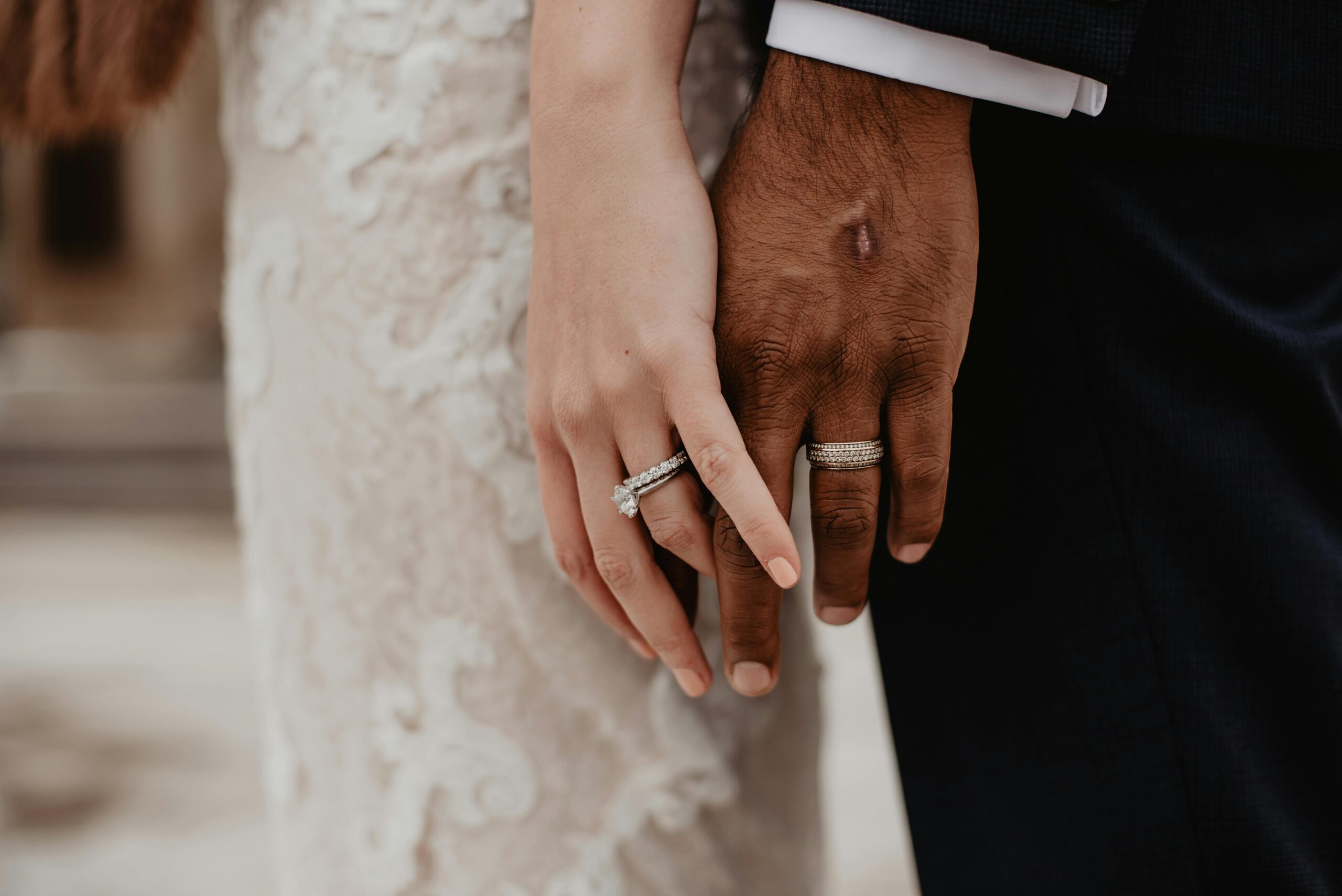
When Taylor Swift dropped The Life of a Showgirl, the internet did what it always does, it split into two camps.
One side celebrated her glow, her boldness, her confidence.
The other side rolled its eyes.
“Cringe.”
“She’s changed.”
“She’s lost the depth she had in her sad songs.”
And I can’t help but wonder… are we really critiquing the music, or are we just uncomfortable with seeing a woman happy?
We Loved Sad Taylor
We fell in love with the poet in pain, the girl scribbling lyrics about heartbreak in her bedroom, the woman turning rejection into rhyme and betrayal into Billboard hits.
That Taylor made us feel understood.
She was the soundtrack to our heartbreak, the mirror for our longing. We bonded over her tears because they looked like ours.
But here’s the thing: When she started to heal, something shifted.
When she wrote from a place of peace, we didn’t know how to connect anymore.
We mistook her joy for arrogance.
Her security for boredom.
Her love songs for propaganda and marketing.
Because deep down, we’ve been trained to believe that misery equals meaning.
The Double Standard of Female Joy
When men fall in love, the world calls it maturity. When women fall in love, we call it “selling out.”
A man in love is “grounded.”
A woman in love is “losing her edge.”
We let men grow up but we keep women trapped in their trauma.
And when they escape it, we punish them for the audacity of joy.
Taylor isn’t the problem. She’s the mirror. She’s showing us how conditioned we are to only celebrate women when they’re suffering.
Misery Does Love Company
If she’s still heartbroken, it validates us. If she’s still searching, we don’t have to confront our own cynicism about love. If she’s still writing breakup songs, we can stay safely sad together.
But if she’s happy, if she’s in love and secure, it challenges the part of us that secretly believes joy isn’t sustainable. It exposes our fear that peace is boring, or that real love is impossible.
So we project. We mock. We call it cringe. Because her happiness threatens the narrative we’re still living in.
What If We Let Her Be Happy?
What if we celebrated Taylor not for being broken, but for being whole?
What if we let her evolve without demanding she stay our sad girl mascot? What if we saw The Life of a Showgirl for what it really is… the story of a woman who deserves her glitter, her grace, and her good man?
Maybe we don’t need to relate to her pain anymore. Maybe we need to aspire to her peace.
Because the goal isn’t to stay in the heartbreak era, it’s to graduate from it.
Final Thought
We don’t lose Taylor when she’s happy. We gain proof that healing works.
So no, Taylor’s not cringe.
She’s just free.
And maybe that’s what really makes people uncomfortable.






